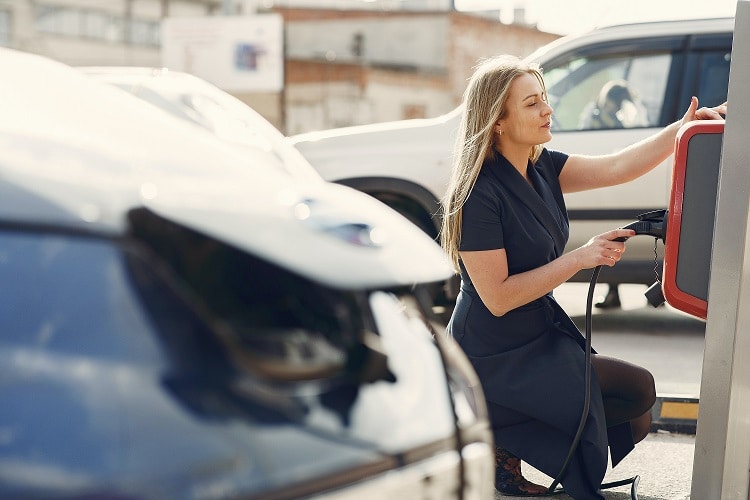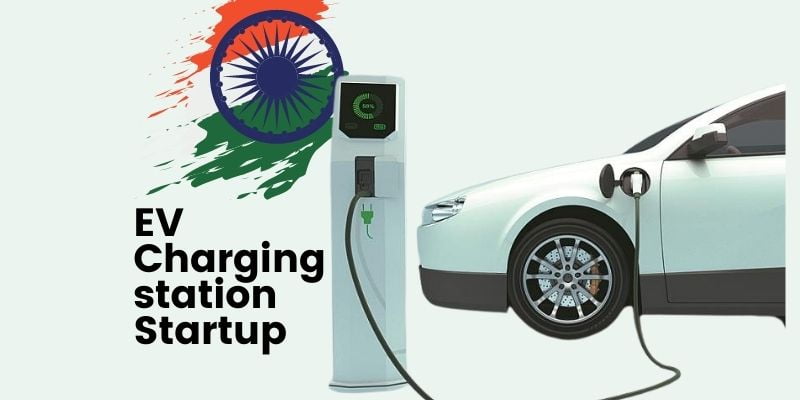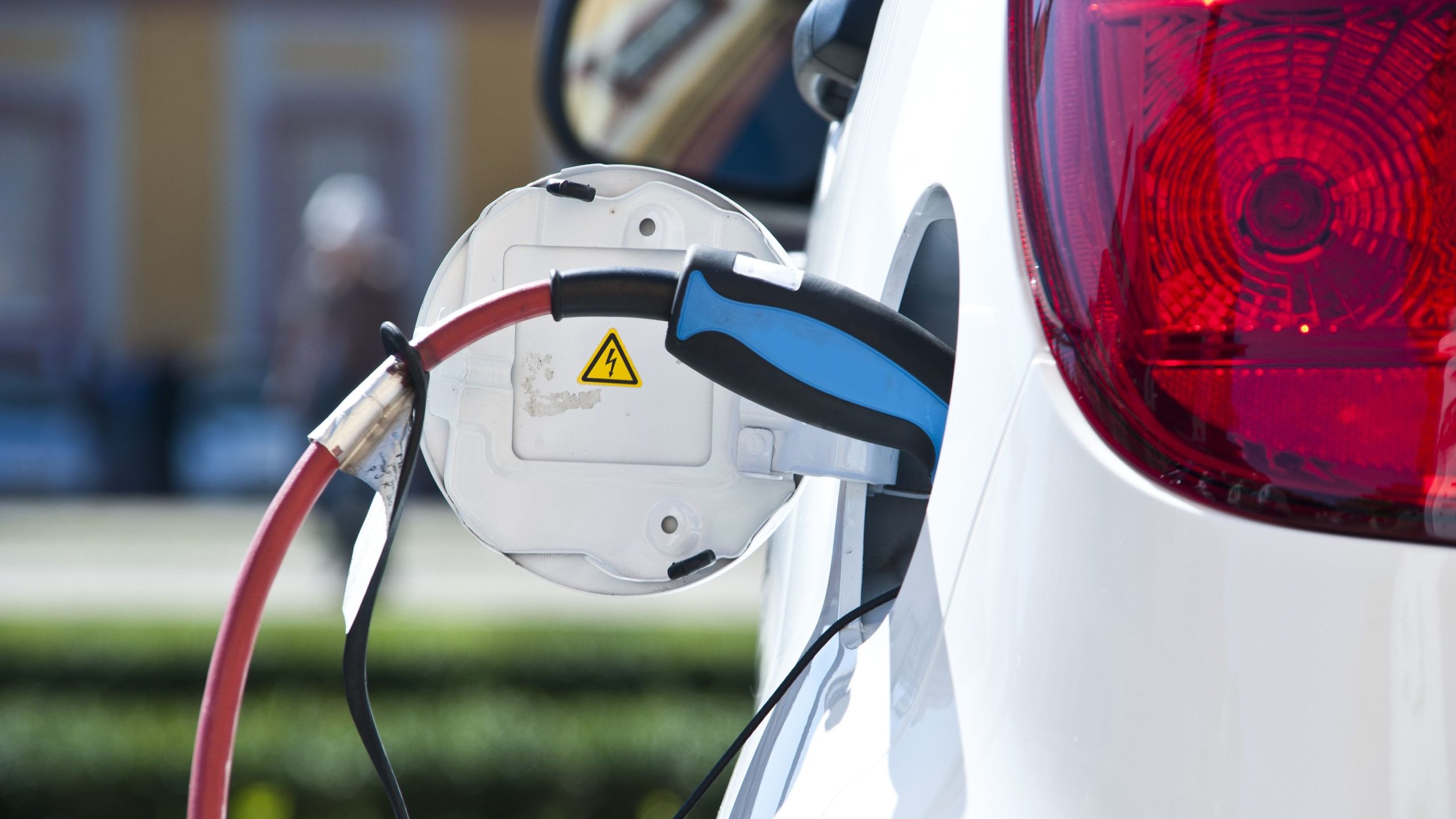Install a charging station for electric vehicles
Here is the guide to Install a charging station for electric vehicles
The ability to charge an electric car at home is important to ensure that it is always full and ready to go out. There are three types of charging stations for any electric vehicle. Everyone has their own installation process.
Install a charging station for electric vehicles
Level 1 EV Charger Installation | charging station
The Level 1 EV Charger is included with the EV and does not require any special installation. Simply plug the Level 1 charger into a standard 120 volt outlet, and you’re ready to go. This is the biggest attraction of the Level 1 charging system. You don’t have to worry about the additional cost of installation, and you can set up your entire charging system without the need for specialists.
Level 2 Electric Vehicle Charger Installation | charging station
The Level 2 Electric Vehicle Charger uses 240 volts of electricity. This has the advantage of short charging times, but the standard socket only supplies 120 volts, which requires special mounting procedures. Devices such as electric dryers and ovens also use 240 volts, and the installation process is very similar.
Best Simplified guide to Eichrecht conformity I German calibration law for electric vehicle charging
Level 2 EV Charger: Special Features
The Level 2 installation requires 240 volts from the circuit breaker panel to the charging location. To double the circuit voltage to 240 volts with a 4-wire cable, a “2-pole” circuit breaker must be connected to two 120 volt buses at the same time. From a wiring point of view, this includes connecting the ground wire to the ground bus, the common wire to the wire bus, and the two hot wires to the bipolar circuit breaker. You may need to completely replace the breaker box to use a compatible interface. Alternatively, you can add a 2-pole breaker to your existing switchgear panel. Be sure to turn off all breakers and then the main switch to turn off all breaker boxes.
Once you have the correct circuit breaker connected to your home wiring, you can route the newly installed 4-core cable to the charging location. This 4-core cable must be properly insulated and secured to prevent damage to the electrical system, especially when installed outdoors. The final step is to install the charger where you want to charge the vehicle and connect it to a 240 volt cable. The charger acts as a safe place for the charging power source and does not power until it detects that the charger is connected to the car’s charging port.
Given the technical nature and risks of DIY installation of Level 2 EV chargers, it is always advisable to have a professional electrician install the charging station. Local building codes often require professional approval and inspection anyway, and electrical failures can cause property damage to your home and electrical system. Electrical work is also harmful to your health, so it is always safer to ask an experienced professional to do the electrical work. Installation by an expert can cost between Rs. 1,500 and Rs. 90,000, depending on the affiliated company or electrician, and can be higher for more complex installations.

Installing an EV Charger in a Solar Panel System
Combining a EV with a roof solar roof is an excellent combo energy solution. Solar installers may even offer package purchase options, including installing a complete EV charger in your solar system. If you are considering switching to an electric vehicle at some point in the future, but want to switch to solar power now, there are some considerations to simplify the process. For example, you can invest in a micro inverter for a PV system to make it easier to add modules after initial installation if you need more energy to buy an electric vehicle.
Electric Vehicles FAQ : The Answers to All Your EV Questions
Level 3 Electric Vehicle Charger Installation
Level 3 Charger or DC Quick Charger is usually very expensive and requires special and powerful equipment to operate, mainly in commercial and industrial environments. Used in. This means that DC quick chargers are not available for home installation.
Most Level 3 chargers charge about 80% of compatible vehicles in 30 minutes, making them suitable for roadside charging stations. Owners of the Tesla Model S have the option of “charging”. The Tesla supercharger can give the Model S a range of about 170 miles in 30 minutes. An important caveat with Level 3 chargers is that not all chargers are compatible with all vehicles. Before using a Level 3 charger for on-the-go charging, check the public charging points available for your electric vehicle.
The cost of charging electric vehicles at public charging stations also varies. Billing charges vary widely from provider to provider. Electric vehicle charging station charges can be configured as monthly flat rates, minute charges, or a combination of both. Check out your local public charging schedule to find the one that best suits your car and needs.




